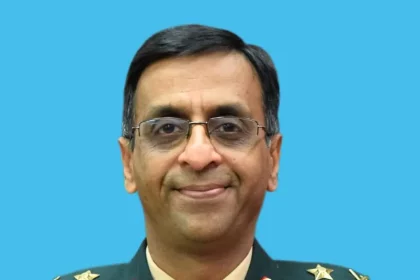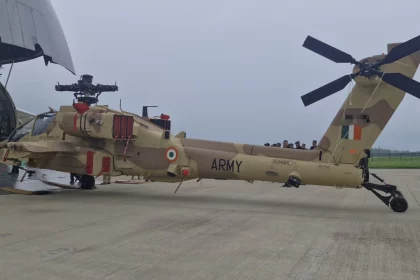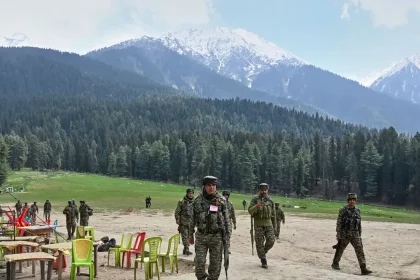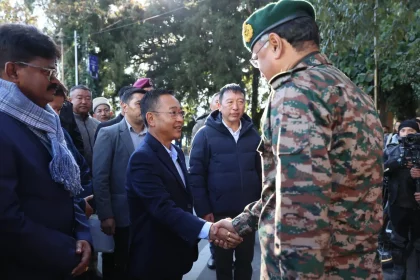Major General Gaverdhan Singh, SM Assumes Charge as Deputy Commandant & Chief Instructor of OTA Gaya
Seasoned Officer to Mentor and Shape the Next Generation of Indian Army Leaders.
From McDonald’s Counter to IAF Cockpit: Flying Officer Bhavya Shah’s Inspiring Journey of Perseverance
An Inspiring Journey of Perseverance from Part-Time Work to Serving the Nation in the Indian Air Force.
Indian Army to Receive Three Apache Attack Helicopters by End of 2025
Deliveries to Plug Operational Gaps as Prachand Inductions from 2028 Promise Major Boost.
Lieutenant Harshit Deo Appointed Aide-de-Camp to Governor of Odisha at Lok Bhawan Ceremony
Indian Navy Officer and NDA Alumnus Assumes Prestigious Ceremonial Role.
NIA Chargesheets Six Accused, Including Pakistan-Based Handler, in Pahalgam Terror Attack Case
LeT and TRF Named as Conspirators; Chargesheet Filed Within Statutory Deadline.
Sikkim CM Opens Cho La and Dok La for Tourists Under Bharat Ranbhoomi Darshan
Move Aims to Boost Border Tourism, Infrastructure and Development in Frontier Villages.






